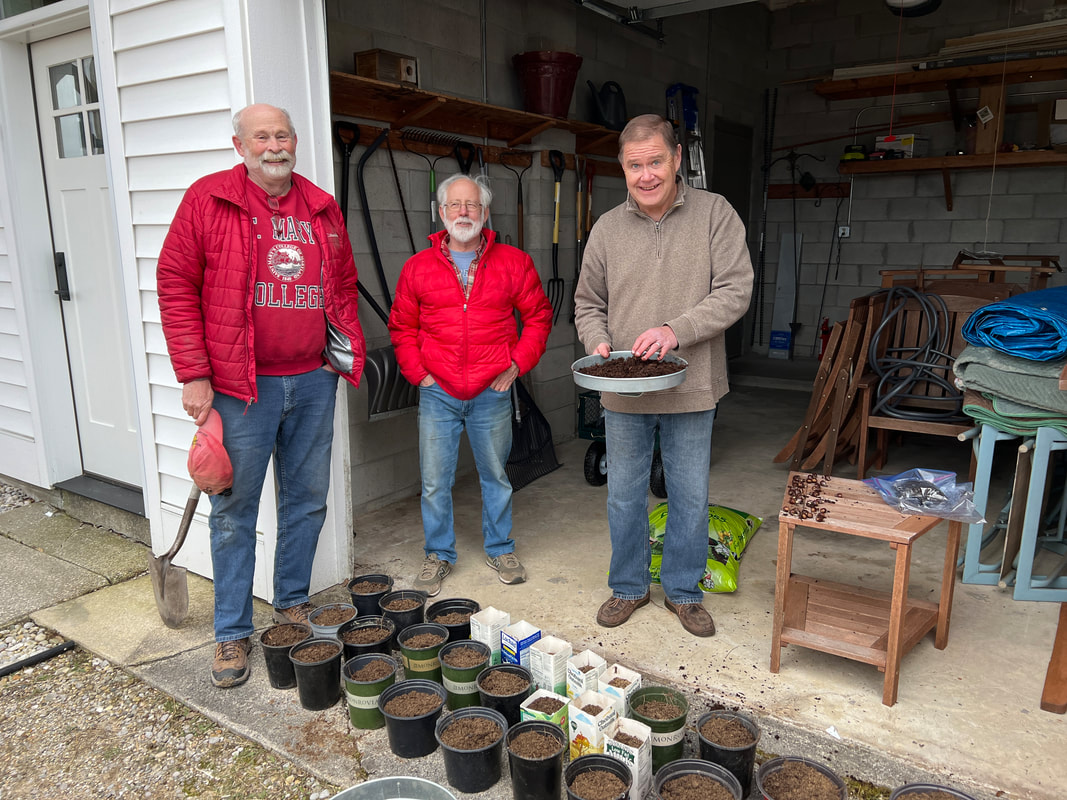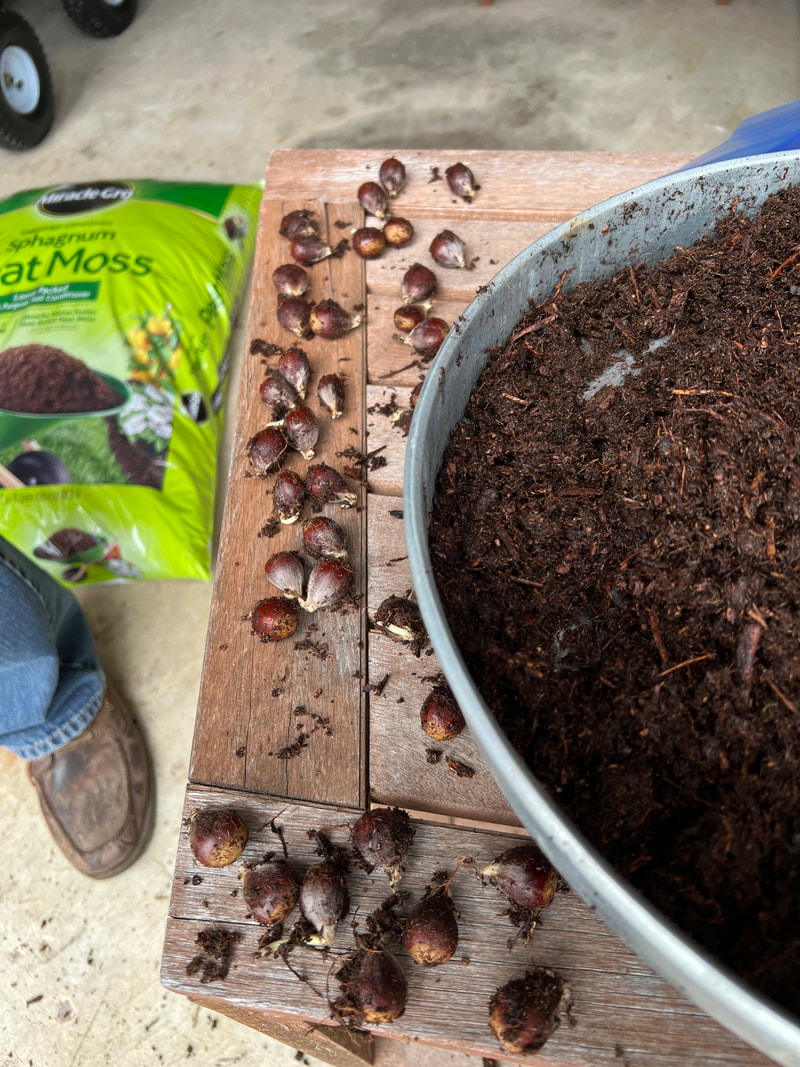American Chestnut Tree Program
American Chestnut Tree Planting DayRecently Tom Dalluge, Brad Lyman, Marty Klein and Dean Francis planted the first chestnuts that were stratified (sprouted) over the winter. They will stay indoors until the weather permits them to be planted outside.
|

